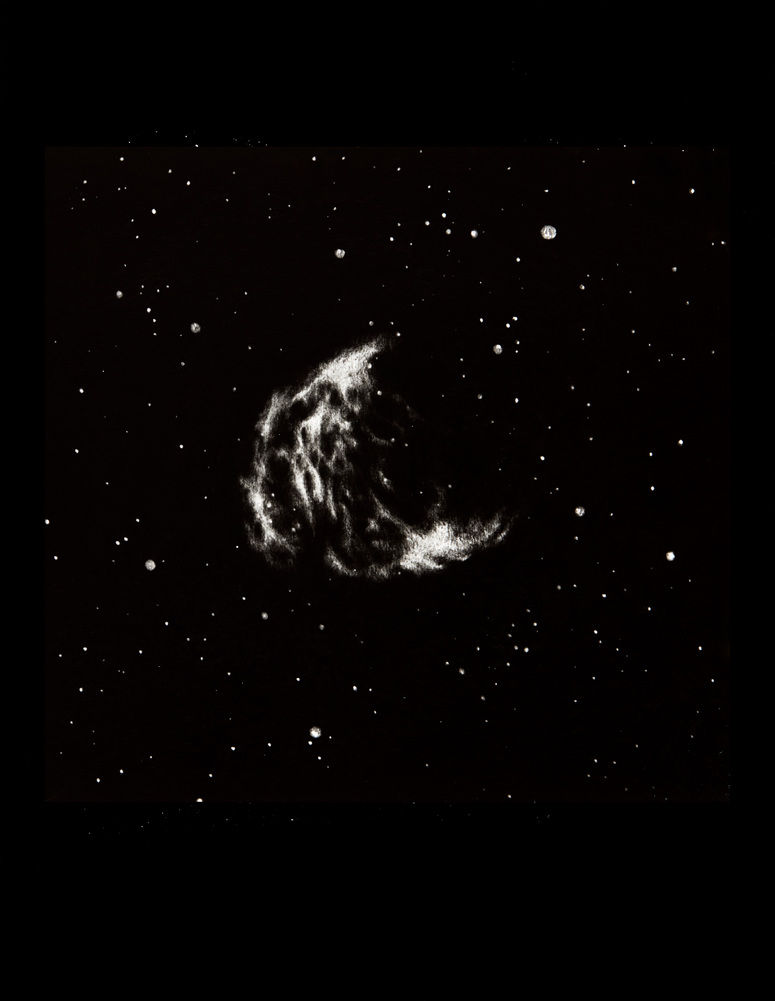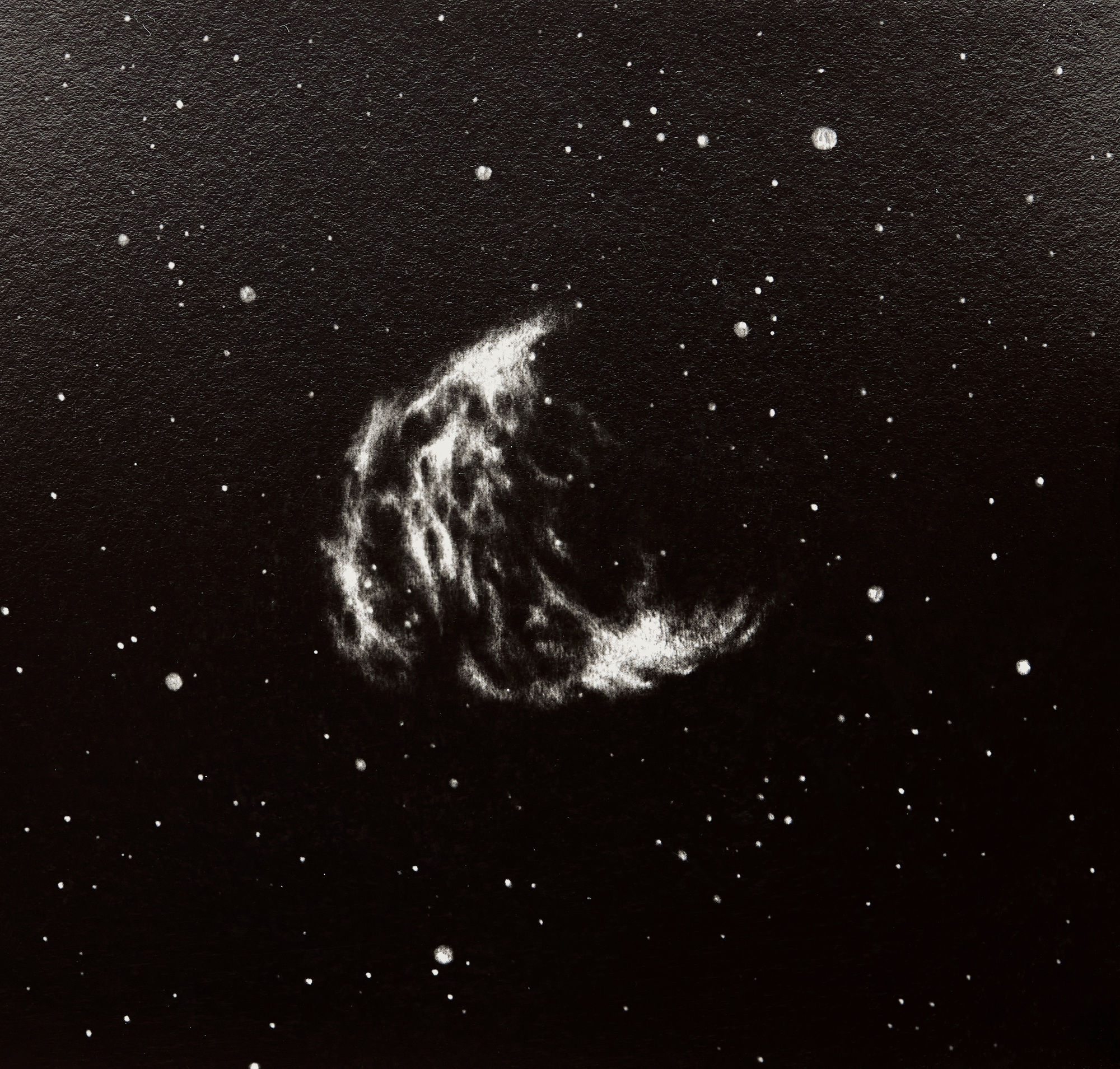
crab nebula
The nebula was named after the Gorgon Medusa, a hideous creature from the myth of Perseus. In Greek mythology, Medusa was one of the three Gorgon sisters, monstrous creatures with living snakes in place of hair. Medusa’s hair is represented by the serpentine filaments formed by the nebula’s gas. The estimated age of the Medusa is 8,800 years.
Planetary nebulae last for only about 10,000 years, a fleeting episode in the 10-billion-year lifespan of Sun-like stars. So, over the next several thousand years, the nebula will gradually disperse into space, and then the white dwarf will cool and fade away for billions of years.
Planetary nebulae are important astronomical objects because they play a key role in the chemical evolution of the galaxy, returning material to interstellar space and thus enriching it with heavy elements, products of nuclear fusion. Out of this material new stars, planets and eventually life can form.
7h 29m 3s | DEC +13° 14′ 48″


